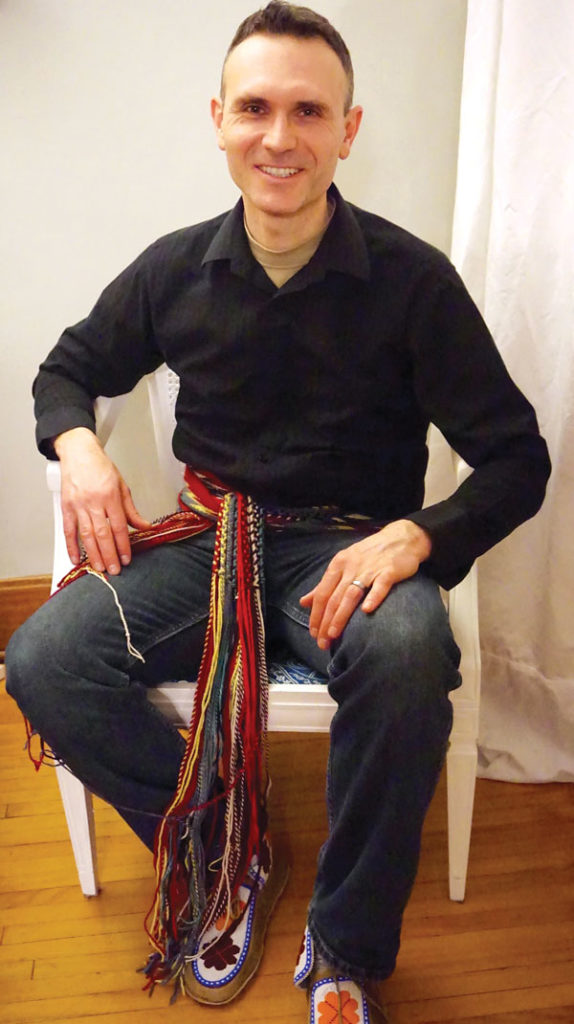
Bailey Sutherland, Daily Herald
A study by Heather Foulds, an assistant professor at the University of Saskatchewan’s College of Kinesiology, will assess the fitness potential of jigging in a $120,000 three-year research project funded by the Saskatchewan Health Research Foundation. Foulds will test the Red River jig—a popular fast-stepping Métis dance— in an exercise laboratory to measure the number of steps a jigger takes during a typical routine, as well calculating the effect of dancing on blood sugar and cholesterol levels. She will compare jigging’s health benefits to other popular fitness regimes such as step aerobics and running.
The study is the first in Canada to examine the exercise intensity and training effectiveness of the traditional Metis jig, a dance style that is firmly embedded in Métis heritage and culture. The study will have two parts: the first will measure the fitness demands and exact step counts of Red River jigging by testing 24 experienced dancers in a live performance and in an exercise laboratory. The amount of oxygen they use and their heart rate will be measured before and after training to measure improvements in their fitness. The second part will bring people who are new to jigging, to learn and participate in jigging and measure how beneficial the exercise is for their heart health. The researchers will measure things like, blood pressure, cholesterol, blood sugar, how well they’re controlling their heart rate and blood pressure. This will ultimately measure how many calories they are burning.
“Jigging is a core part of Métis culture, and like other Indigenous activities and games, requires extensive physical fitness, historically promoting strength and health plus a sense of community and culture. For hundreds of years, Métis jigging has been practiced in Canada, but this is the first study to link a traditional activity to possible improvements in heart health,” says Foulds, a Métis person herself. “It is something you can do at any physical activity level, you don’t have to be super fit to participate, you can be learning and just starting out. It is accessible to anyone”.
“The Red River Jig is rooted in the Métis culture, but it has always served as a dance that people from diverse cultures can engage in together: it was originally danced in the fur trade era to promote trade relations,” says Scott Duffee, a prize-winning jigging instructor and Métis cultural consultant who will work with Foulds on the study. “It has that heritage dimension that makes it so special, the reconciliation component—where you are honouring the heritage of this territory by engaging in this dance—and that feeling that we are all inter-connected, dancing to a tune that has ancestral significance to so many cultures.”
Heather Foulds would like to thank the Saskatchewan Health Research Foundation for funding the project, as well as thank the community and Scott Duffee for their contributions and partnership.

